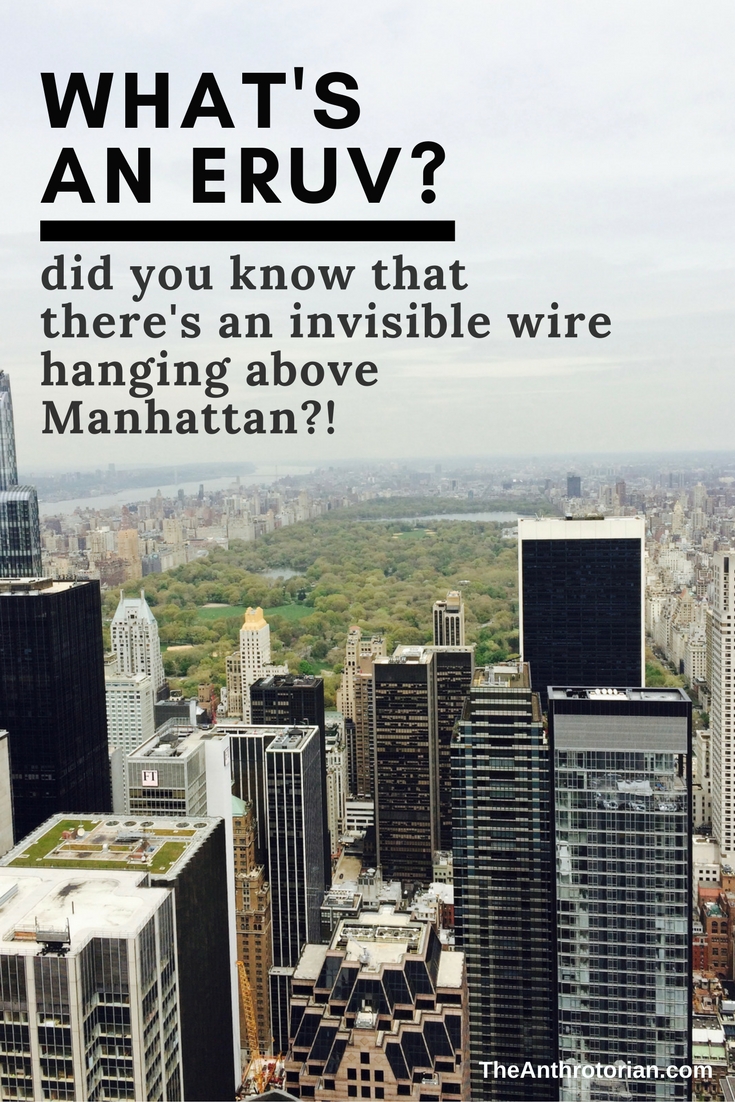Your chance of actually encountering a bear, even in the North American backcountry, is incredibly slim, and the best way to survive an attack is to avoid an encounter all together. Here's how:
Make lots of noise when you are hiking. Bear bells are not going to cut it. You need to talk, laugh, clap, and sing, especially near areas where bears might wander like streams or by food supplies.
Speaking of food, if you encounter a dead animal in the bush, do not go near it. If a bear isn't nearby, the smell of the carcass will draw them soon enough.
Avoid areas that have bear droppings, tracks, turned over rocks, or torn up logs. Those are all signs that a bear is nearby.
Dispose of any food or garbage in marked containers, do not bring any food, perfume, or toothpaste into your tent, and lock all food (or anything that smells like food) in your car at night. If you are hiking, either store your food in a designated area, or hang it in a tree away from your tent.
Do not approach bears on the side of the road, and ensure that you never get between a mother and her cubs.
If you are in a situation where you are threatened by a bear, it is important to know what you are dealing with. You are most likely to encounter a black bear, but there is also a chance that you may encounter a grizzly. No matter which animal you are dealing with, remember that bears are never going out of their way to hunt humans. Bears usually attack because they are scared and feel threatened. Here's what you need to do first:
Stay as calm as possible. You don't want the bear to misinterpret your fear as a threat.
Talk to the bear in a loud, firm voice so it knows that you are human and not an animal.
Back away slowly (do NOT turn your back on the bear). Don't run. Running could lead to a chase, and the bear will always win.
Make yourself as big as possible. If you have kids with you, pick them up.
Keep your backpack on your back, as it could act as protection if the bear attacks.
If none of this has worked and the bear is advancing, it is now time to take steps to protect yourself.
How to Survive a Grizzly Encounter: PLAY DEAD
Grizzly bears are usually dark brown in colour and have a distinctive hump on their shoulders. They have long, sharp claws and average about 6'5" in height. They are the most dangerous, and most rare to encounter.
1. Use Pepper Spray on the bear (see Parks Canada's instructions on how to use it here). This will often be enough to stop any attack and allow you time to get away.
2. Fight every instinct, and don't run away. Instead, lay on the ground in the fetal position and cover the back of your neck with your hands
3. Play dead. A grizzly will stop attacking if it thinks you are dead and no longer a threat. It might toss you around a little bit or swat at you a few times, but should then walk away. Stay down for a few minutes once it is gone, as grizzlies are known to wait for a few minutes to make sure the threat really is dead.
4. If the bear continues to swat at you and attack defensively, it is time to fight back. Climb a tree, throw rocks, and do whatever you can to get away. The need to take this step is EXTREMELY RARE, and almost never happens. The bear should leave you alone well before it gets to this point.
How to Survive a Black Bear Encounter: DO NOT PLAY DEAD
Black bears are smaller than grizzlies and, despite the name, may not always be black. They don't have a hump though, so it is pretty easy to tell the difference between the two.
1. Use Pepper Spray on the bear (see Parks Canada's instructions on how to use it here). This will often be enough to stop any attack and allow you time to get away.
2. Unlike with grizzlies, black bears are easily scared off. Make lots of noise, stand your ground and don't move away.
3. If the bear advances fight back by throwing rocks, sticks, or anything you can grab at it. Aim for the nose and eyes. They will most likely give up.
4. Don't run and don't climb trees, as these bears will follow you.
Visit the links below for more information and up to date bear sightings:
U.S. National Park Services
Parks Canada



